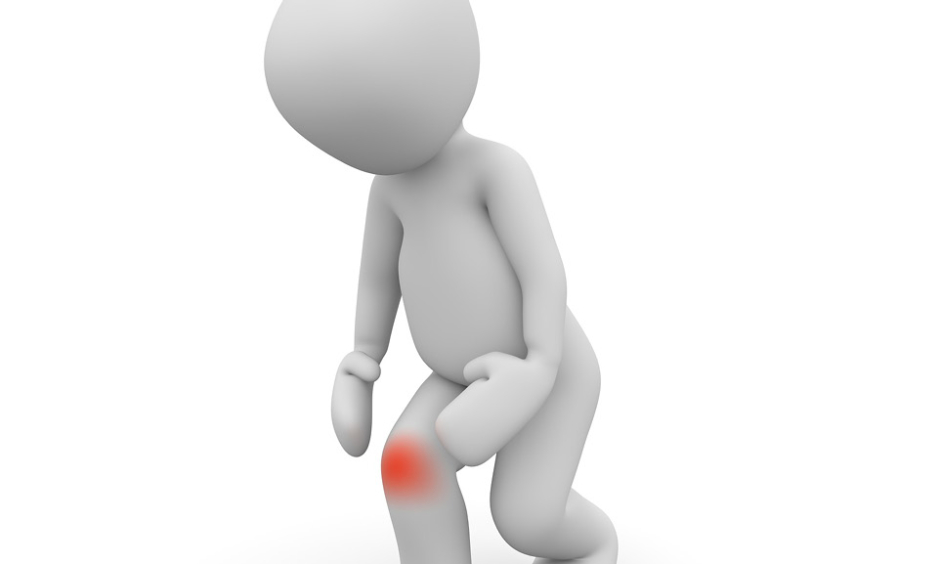SEVERE chronic pain can be alleviated by a single spinal injection, according to research showing that injection of the AIBP protein reversed inflammation and cellular events associated with pain processing. The study, from the University of California San Diego, California, USA, indicates the method could be used for conditions in which severe and chronic pain is prevalent, such as cancer, and remove the need for opioids.
AIBP Protein
Current pain medications such as opioids work by reducing the perception of pain and do not prevent the underlying cause. Additionally, opioids can be highly addictive. In an earlier study, it was found that the naturally occurring protein AIBP was not only an effective treatment for atherosclerosis, but also prevented and reversed chronic pain states.
Spinal Injection
Here, the researchers discovered that AIBP inhibited TLR4, a protein located on the surface of cells that searches for signs of infection or tissue damage, by removing cholesterol from lipid rafts, which help control cell communication with each other and their environments. They then injected AIBP into the spines of mice, and this reduced lipid rafts in immune cells called microglia in the central nervous system in addition to reducing TLR4 activation, microglial activation, and inflammation in the spinal cord.
Reversing Pain
In mice that had developed chronic pain in response to the lightest touch after chemotherapy, a common occurrence in both humans and animals, a single AIBP injection reversed this pain state for a period of 2 months. The AIBP injection also had no effect on motor functions.
Reducing Drug Use
“We are working on ways to deliver AIBP systemically, but if it comes down to a choice between living with chronic pain or getting a spinal injection once every few months, we think most people would take the injection,” commented Prof Yury Miller, UC San Diego. “As it stands now, AIBP could be developed as therapy for unremitting severe pain that only responds to high dose morphine. AIBP would remove the need for opioids and reduce the potential for drug use.”
Cancer
The team hope the method could be particularly useful for cancer patients, with a large proportion estimated to experience pain through their condition and following treatment.
James Coker, Reporter
For the source and further information about the study, click here.







